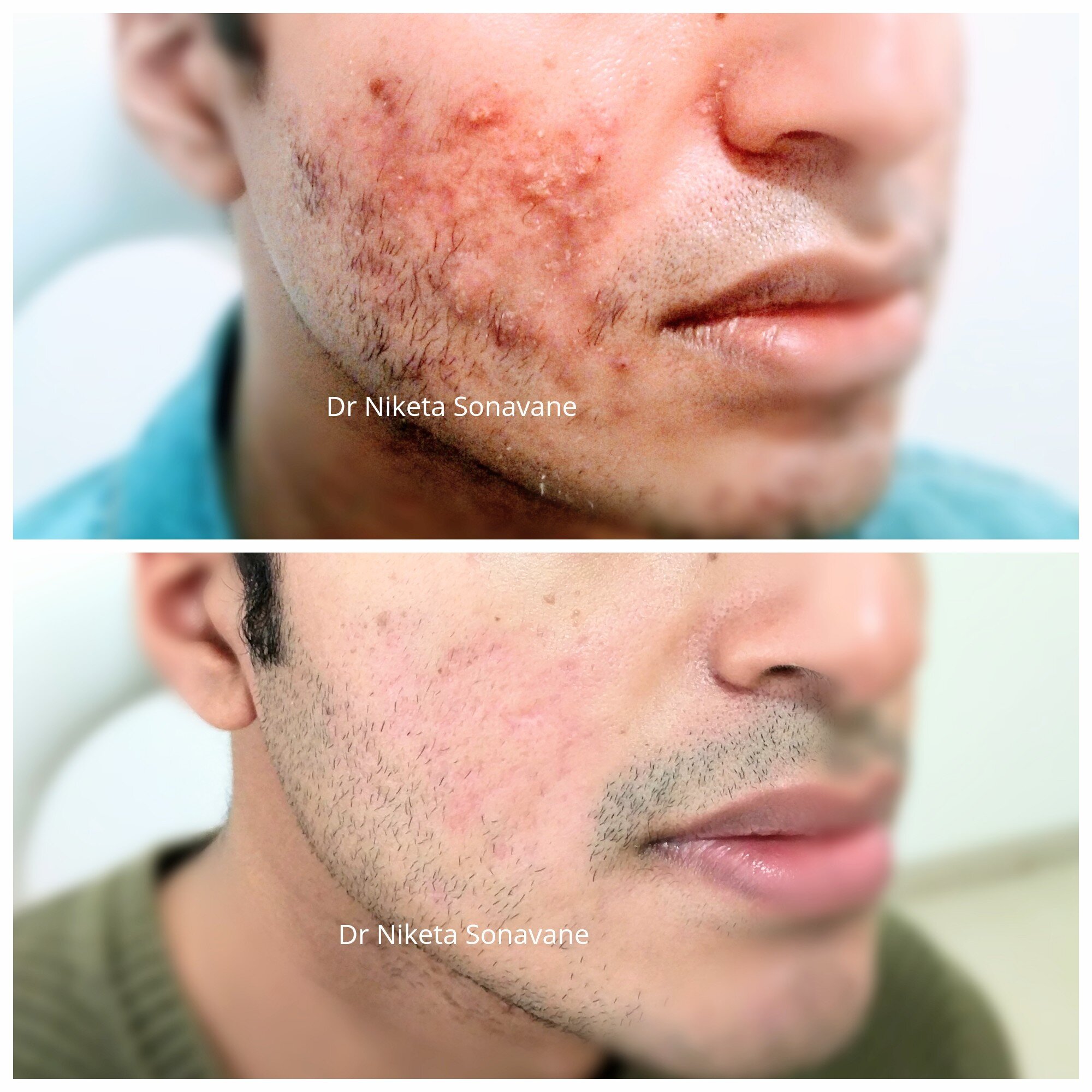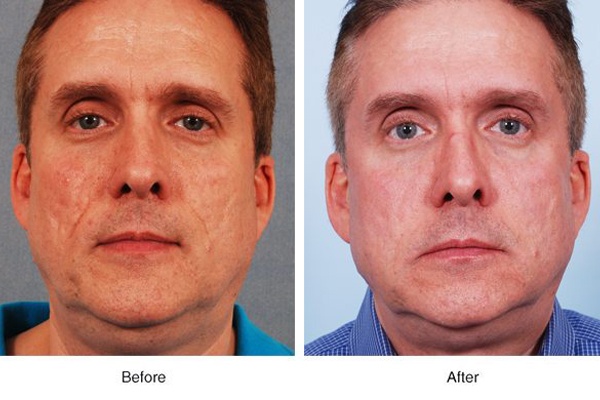Skin Rejuvenation Treatments: Rejuvenate Your Skin and Reduce Acne Scars
Exploring Skin Disease: Treating and identifying Acne Scars for Healthier Skin
Acne marks stand for a substantial concern for people seeking to keep healthy and balanced skin, as they can affect both appearance and self-confidence. Recognizing the various kinds of marks, from atrophic to hypertrophic, is crucial for figuring out appropriate therapy options. While expert treatments like chemical peels and microneedling can be effective, the significance of individualized care strategies can not be overstated. Preventative procedures play a crucial duty in reducing future scarring. As we discover these facets, one need to think about just how the ideal approach can bring about transformative outcomes.
Comprehending Acne Marks

The body's all-natural healing process can cause either atrophic marks, which look like anxieties in the skin, or hypertrophic marks, which are elevated and result from overflow of collagen. Furthermore, the emotional toll of acne scars ought to not be taken too lightly; many individuals report feelings of humiliation, anxiety, and lowered self-confidence. This psychological worry can affect social interactions and general top quality of life.
Dealing with acne scars calls for a thorough understanding of their formation and effect. Recognition of the potential for long-lasting repercussions associated with neglected marks can encourage people to look for appropriate treatments. Early treatment and efficient monitoring strategies can dramatically improve skin look and boost psychological durability, stressing the importance of comprehending the complexities bordering acne scars.
Sorts Of Acne Marks
Acne scars can be classified right into unique kinds, each displaying unique attributes and calling for particular therapy strategies. acne scars treatment. The key kinds of acne marks consist of atrophic, hypertrophic, and keloid marks

Hypertrophic scars, on the other hand, are raised above the skin degree and are the outcome of extreme collagen manufacturing throughout the healing process. They usually continue to be within the boundaries of the original acne sore. Keloid marks are similar however expand beyond the original injury website, creating larger, increased areas that can be scratchy or unpleasant.
Understanding these kinds of marks is important for picking appropriate therapy choices. Various marks might respond much better to details therapies, such as laser treatments, fillers, or surgical interventions, highlighting the relevance of a customized method to acne scar monitoring.
Identifying Your Marks
When assessing the look of your skin, it is important to accurately determine the sort of marks existing, as this will educate the most reliable treatment approach. Acne scars usually fall under two classifications: atrophic and hypertrophic marks. Atrophic scars, which are the most usual, appear as anxieties or indentations on the skin. These can additionally be classified right into ice-pick scars, index boxcar scars, and rolling marks, each exhibiting distinctive characteristics and calling for different techniques for assessment.
Hypertrophic scars, on the other hand, are elevated and happen due to extreme collagen manufacturing throughout the recovery process. Acknowledging the specific attributes of your scars-- such as width, texture, and depth-- is necessary for correct identification (acne treatment for sensitive skin). In addition, take into consideration the distribution of marks throughout your skin, as this can show the extent and period of the acne condition
Engaging with a dermatologist can offer useful understandings right into the nature of your marks, aiding in the distinction in between numerous types. An extensive understanding of your marks will eventually cause a more tailored and efficient therapy strategy, guaranteeing a clearer and healthier skin tone.
Therapy Choices Readily Available
Identifying the particular kind of acne scars present on your skin lays the foundation for checking out efficient therapy alternatives. Typical sorts of acne marks include atrophic (depressed), hypertrophic (elevated), and post-inflammatory erythema.
For atrophic scars, options such as chemical peels, microneedling, and laser resurfacing are extensively made use of. Chemical peels utilize acids to get rid of the outer layer of skin, advertising new cell development. Microneedling includes tiny needles that develop micro-injuries, promoting collagen production. Laser resurfacing targets harmed skin cells, improving appearance and tone.
Hypertrophic marks can be treated with corticosteroid injections to flatten the mark or laser therapy to lower inflammation and i was reading this improve look. Silicone gel sheets and pressure dressings might additionally aid in managing elevated scars.
In addition, facial fillers can briefly complete depressions from atrophic scars, while surgical excision may be suitable for severe situations. Each treatment option has its advantages and factors to consider, making it vital to speak with a skin specialist. They can provide individualized recommendations based upon the type and extent of your scars, along with your skin type and general health.
Tips for Prevention
Efficient avoidance methods can substantially minimize the probability of establishing acne scars. Utilizing non-comedogenic products helps prevent clogged pores, which can aggravate acne.
Staying clear of need to pop or pick acne sores is crucial, as this can cause deeper skin damages and boost the threat of scarring. Instead, think about using a cold compress or non-prescription treatments to reduce swelling and redness.
Sunlight protection is one more important element of prevention; ultraviolet (UV) rays can dim scars and impede the Go Here healing process. Using a broad-spectrum sunscreen with at least SPF 30 daily can shield the skin and promote even recovery.
Finally, maintaining a well balanced diet plan abundant in anti-oxidants, vitamins, and minerals supports skin wellness and healing. Remaining hydrated and taking care of anxiety levels can also play a considerable duty in minimizing acne flare-ups. By executing these approaches, individuals can significantly minimize their chances of establishing acne scars.
Final Thought
Finally, understanding and determining acne marks is vital for reliable treatment and attaining healthier skin. Different sorts of acne scars, consisting of hypertrophic and atrophic scars, demand specific interventions customized to individual requirements. Therapy options variety from chemical peels and microneedling to corticosteroid shots, emphasizing the value of getting in touch with a skin doctor. Additionally, embracing a mild skincare regimen and protecting the skin from UV exposure can dramatically contribute to the avoidance of further scarring and general skin wellness.
The body's natural recovery process can result in either atrophic marks, which appear as clinical depressions in the skin, or hypertrophic marks, which are raised and result from overflow of collagen. They are more divided into 3 subtypes: ice pick marks, boxcar scars, and rolling scars. Acne marks generally drop right into 2 categories: hypertrophic and atrophic scars. These can even more be identified right into ice-pick scars, boxcar marks, and rolling scars, each showing unique features and calling for various strategies for analysis.
Numerous types of acne scars, including atrophic and hypertrophic marks, demand certain treatments tailored to individual requirements.